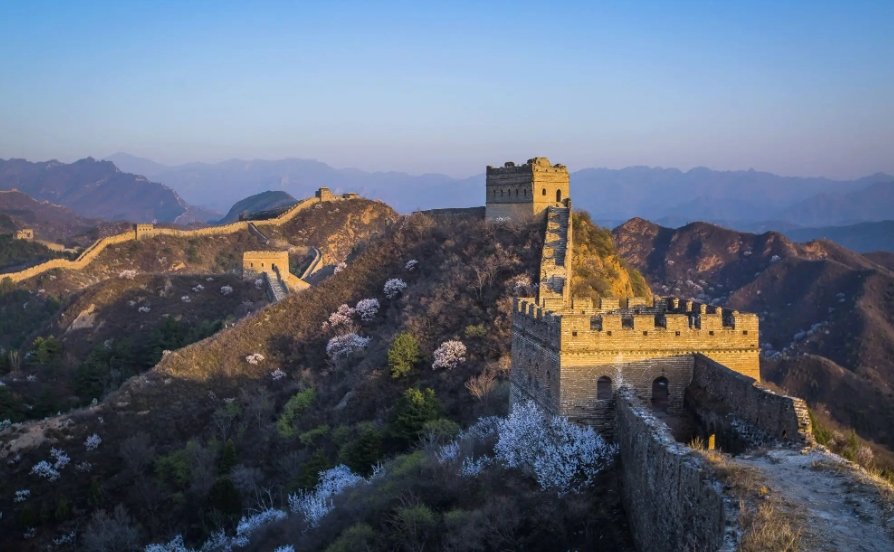
Hiking the Great Wall: Why Jinshanling Stands Out
The Great Wall of China, a UNESCO World Heritage site and a testament to human ingenuity and perseverance, snakes its way across the rugged landscape for thousands of miles. While every brick and watchtower holds historical significance, some sections offer a more immersive and awe-inspiring experience than others. Among them, the Jinshanling Great Wall stands out, often lauded as the most beautiful and best-preserved section of this magnificent structure.
Jinshanling: A Symphony of Nature and Architecture
Jinshanling is not for the faint of heart. This section of the Wall, located approximately 80 miles northeast of Beijing, is known for its challenging yet rewarding hike. Steep staircases, some so steep they feel like ladders, lead you up and down the Wall's undulating path, offering breathtaking views at every turn. Unlike more restored sections, Jinshanling retains its raw, ancient beauty. Wild vegetation spills over the weathered bricks, and the crumbling walls whisper tales of centuries past.
A Tapestry of Towers:
One of Jinshanling's most captivating features is its density of watchtowers. These impressive structures, each uniquely designed and strategically placed, punctuate the Wall's path. Some are ornate and grand, offering panoramic views of the Wall snaking through the lush, mountainous landscape. Others, smaller and more utilitarian, served as vital outposts for soldiers guarding the empire's frontier.
An Immersive Journey:
The Jinshanling experience is not about passive observation but about active exploration. Here, you can truly immerse yourself in the history and grandeur of the Great Wall. Scramble up steep sections, imagine the lives of soldiers who manned these fortifications, and marvel at the sheer scale of this incredible feat of engineering.
Choosing the Right Section:
While Jinshanling provides an unforgettable experience, other sections cater to different preferences:
- Mutianyu: More restored and easily accessible, Mutianyu is ideal for families and those seeking a less strenuous hike. Cable cars and toboggan rides offer alternative ways to experience the Wall.
- Simatai West: Known for its dramatic scenery and steep climbs, Simatai West is perfect for adventurous hikers seeking a challenge.
- Badaling: The most popular and heavily restored section, Badaling offers convenience and accessibility, making it suitable for large groups and those short on time.
Ultimately, the best section of the Great Wall to visit depends on your priorities and desired experience. However, for those seeking a glimpse into the Wall's raw beauty, a challenging yet rewarding hike, and a chance to step back in time, Jinshanling stands as a truly exceptional choice.
FAQs
Q: How long does it take to hike the Jinshanling Great Wall?
A: A typical hike along the Jinshanling section takes around 4-5 hours to complete, covering a distance of approximately 4 miles. However, this can vary depending on your pace and the specific route you choose.
Q: What is the best time of year to visit Jinshanling?
A: Spring (April-May) and Autumn (September-October) offer the most pleasant weather for hiking with mild temperatures and clear skies. Summer can be hot and humid, while winter brings cold temperatures and the possibility of snow.
Q: What should I bring for a hike on the Jinshanling Great Wall?
A: Be sure to pack plenty of water, snacks, sunscreen, a hat, comfortable hiking shoes, and a camera to capture the stunning views. It's also a good idea to bring a light jacket as the weather can change quickly in the mountains.
note: This return of all, without the author's permission, may not be reproduced